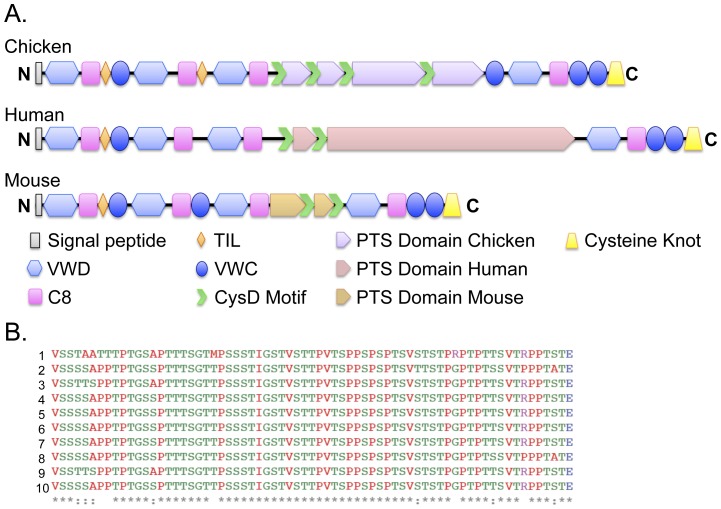Figure 8. Cross-species comparison of the MUC2 protein structure.
A. Protein structure of chicken, human and mouse MUC2. InterProScan protein domain prediction analysis (www.ebi.ac.uk/Tools/pfa/iprscan/) [37] indicates that the full-length chicken intestinal MUC2 transcript encodes a 3697 amino acid (aa) protein with a short signal peptide at the N-terminus, multiple von Willebrand factor domain structures (VWD, VWC), several cysteine-rich domains (C8), two trypsin Inhibitor-like cysteine-rich domains (TIL), a 1614 amino acid central PTS domain that is interspersed with four CysD motifs and a C-terminal cystine knot (CT). The structure of the human (5179 aa) and mouse (2680 aa) proteins shows strong homology on both sides of the central PTS domain. The two exceptions are that humans and mice lack the second TIL domain, and mice have an additional VWC motif. Although the N-terminal and C-terminal sequences are highly conserved amongst species, the PTS domain is highly divergent, containing different types and varying numbers of repeat cassettes within the central domain. In chicken, this region stretches between aa 1308 and 2922. The different colors in the cartoons represent the finding that the PTS domains are highly divergent among the three species. B. Sequence comparison of the 10 repeats within the PTS domain. Amino acids 1702 through 2763 demarcate this highly repetitive element, which spans exons 32 through 45. RADAR analysis (http://www.ebi.ac.uk/Tools/Radar/) [38] indicates that these cassettes consist of three blocks of repetitive elements interspersed with two CysD domains. Each repeat is 69 amino acids in length and contains one of two short spacer motifs. Repeats 1 and 2 are located in block one, repeats 3–8 are located in block two and repeats 9 and 10 are located in block 3.

